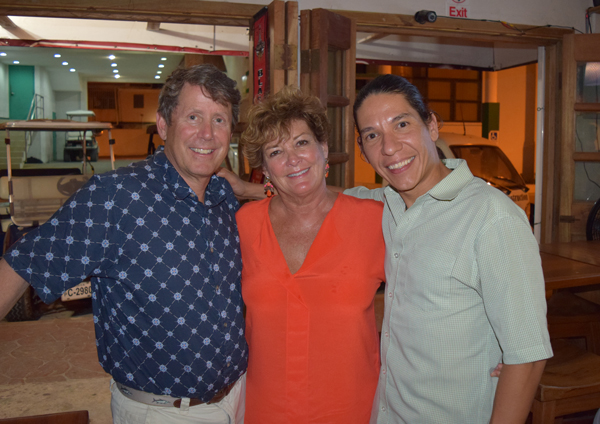
23 Apr Pryor Engagement: Travelogue #3
Telluride local John Pryor is executive director of LightHawk, the nonprofit dedicated to accelerating conservation success through the powerful perspective of flight. Since his tenure with the company is relatively short – he Joined LightHawk just a year ago – John went on a very exciting expedition to Central America and Mexico, using his Cirrus SR22 airplane as a way to explore landscapes, partnerships, and conservation opportunities in the region.
This is the third update from the Rockies to Reef Expedition featuring John and Mesoamerica program manager Armando Ubeda…
A productive visit in Merida led to a hop over miles of lush green jungle enroute to San Pedro, Belize.
R2R: Discovering Belize
First stop: Belize City! Belize Audubon Society (BAS) is one of the longest running conservation groups in Belize, and I was extremely proud to learn that LightHawk has had a 26-year-long partnership with them. Armando and I sat down with Executive Director Amanda Acosta and her colleagues to talk about how LightHawk has helped catalyze their conservation projects, and to strategize about how to continue to improve and enhance our work together into the future.

John Pryor with Amanda Acosta and her team from Belize Audubon Society. image: Armando Ubeda/LightHawk
Belize Audubon Society is in charge of protecting and managing some of the most important natural areas of Belize. Armando told me, “I feel honored to be able to work with them and to accelerate their conservation efforts.” With LightHawk’s help, BAS has reached remote areas more efficiently, enabling them to create timely strategies for management. The information they gather is also used in community outreach and education, and to promote informed decision making regarding policy. I continue to be impressed by our partners’ thoughtful conservation planning and overall effectiveness. I’m understanding just how much of a difference LightHawk can make here – the stakes are high, there is much work to do, and time is passing quickly.
The Great Blue Hole is a 400-foot deep cave in the Mesoamerican Barrier Reef very popular with divers. Scientists from Rice University and Louisiana State University recently found evidence in the cave that supports the theory that drought and climate conditions pushed the Mayans from a regional power to a smattering of rival survivors and finally a virtually lost civilization.
Amanda shared a story during our meeting that filled me with pride. In the Cockscomb Basin Wildlife Sanctuary, the world’s first jaguar reserve, BAS monitors a male jaguar that has called the sanctuary home for the past ten years. This is the longest documented monitoring of an individual jaguar on record. Armando summed up my feelings exactly when he said, “It gives me a lot of satisfaction knowing our collaborative work helps allow this old fella to roam free and safe in the rain forest.”
In Belize City, we were also honored to meet with Minister Lisel Alamilla, Belize’s Minister of Forestry, Fisheries & Sustainable Development. Minister Alamilla flew with LightHawk just weeks after she was appointed as Minister so she had firsthand, current information on the state of Belize’s forests, reefs and coastline to guide her decision-making.
Minister Alamilla and I discussed plans to fly some of her colleagues, politicians and decision makers, so they too could witness firsthand the powerful perspective of flight in illuminating the environmental challenges that face Belize.
On our last day in Belize, we took left San Pedro bound for Dangriga where photographer and conservationist Tony Rath was waiting for us. Tony’s the man behind the incredible images from the Belize marine mammal survey in 2012 which spotted a record number of manatees. We talked about our past work in Belize, future plans, and ways to involve him in our future projects.
Tony invited us to spend some time with him and his wife Therese, and to visit the Smithsonian Research Lab at Carrie Bow Caye.

At Carrie Bow, the manager of the Smithsonian research station(right) gave Armando, me and Tony (center) a tour of the lab, and talked about the work they do there, including collaborations with LightHawk. image: Armando Ubeda/LightHawk
Later we found a spot where we could jump in the water and snorkel for a little bit. In just a short time, we saw an eagle ray, brain corals, gorgonians, sponges, many different species of fish, lobster and crabs. It was wonderful to have this experience, and see the reef and its inhabitants that we are helping protect.

John and Armando had the pleasure to visit with longtime LightHawk friend and supporter Lady Dixie Bowen.
After meeting with our wonderful conservation partners, supporters and friends in Belize, I’m more convinced than ever that the aerial perspective is not a luxury, it is a necessity. When there is so much to lose down here, we must do all we can to protect these irreplaceable natural treasures.

p.s. We’ve been in a small airplane together for a lot of hours now, I think we’re getting a little loopy!
More about LightHawk:
LightHawk’s mission is to accelerate conservation success through the powerful perspective of flight.
We achieve our mission by mobilizing volunteer pilots, photographers, environmental experts, and storytellers to make images, collect data, inform the public and share their experiences. Our flight campaigns foster dialogue and build consensus, promote informed decision-making, and increase the efficiency and effectiveness of our conservation partners’ work.
LightHawk brings coordinated flight campaigns to those working on the ground. We do this through our network of generous supporters and highly skilled volunteer pilots. By making flights available to those working on the ground to protect our natural world, we enable our partners in conservation to quickly and efficiently understand environmental issues and determine the factors needed to promote effective solutions.
More About John Pryor:
John brings his experience with nonprofits, entrepreneurship, business management, venture capital investment, and politics to LightHawk where he began as executive director in April 2014. He spent 15 years working with Telluride Venture Partners, an early stage investment group and also worked for Anixter, a large international telecommunications equipment supply company. John holds a degree in environmental conservation from the University of Colorado and has been an active land conservationist as a board member of Colorado’s Nature Conservancy. A highlight of his TNC experience included living in Argentina for a year where he worked to help establish their new office. John is also a councilor at Manomet Center for Conservation Science near Plymouth, MA. He learned to fly in Telluride, CO, earned an instrument rating, and now flies a Cirrus SR22T. As mayor of Telluride for four years, he had great success in saving Telluride’s Valley Floor by raising a significant amount of public and private funds. John is a cyclist, skier, sailor and also enjoys bee keeping.


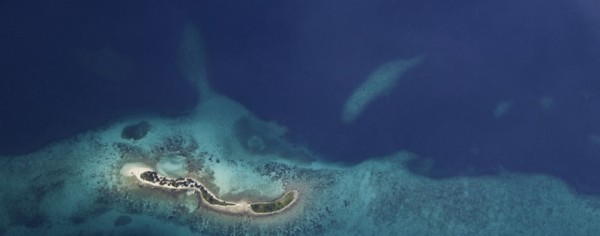
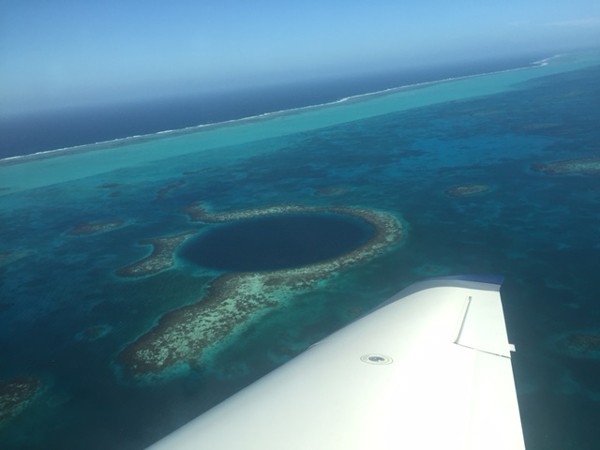

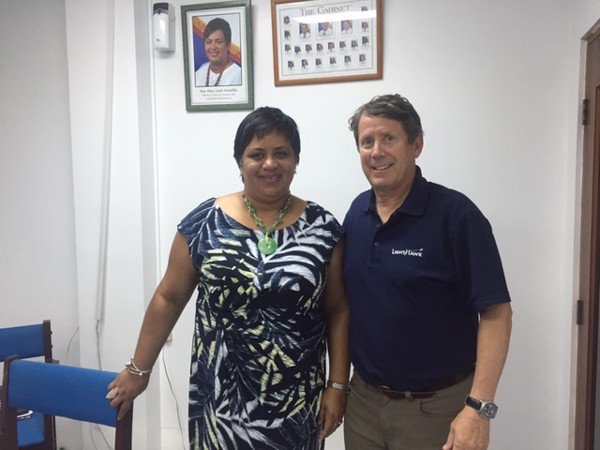
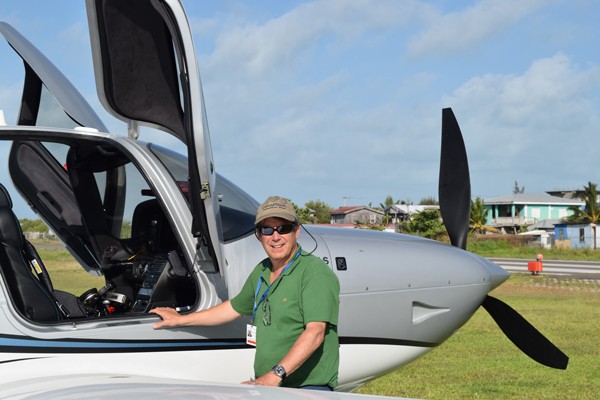
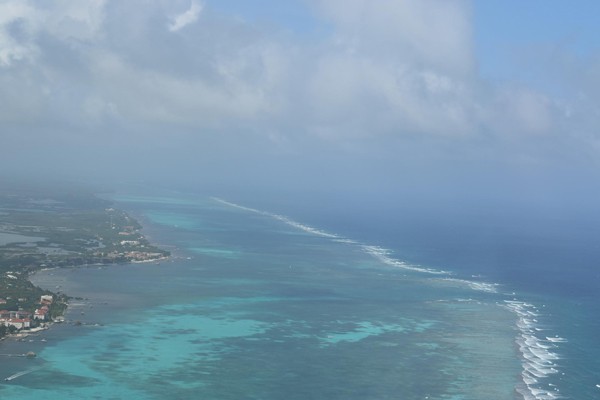
Sorry, the comment form is closed at this time.